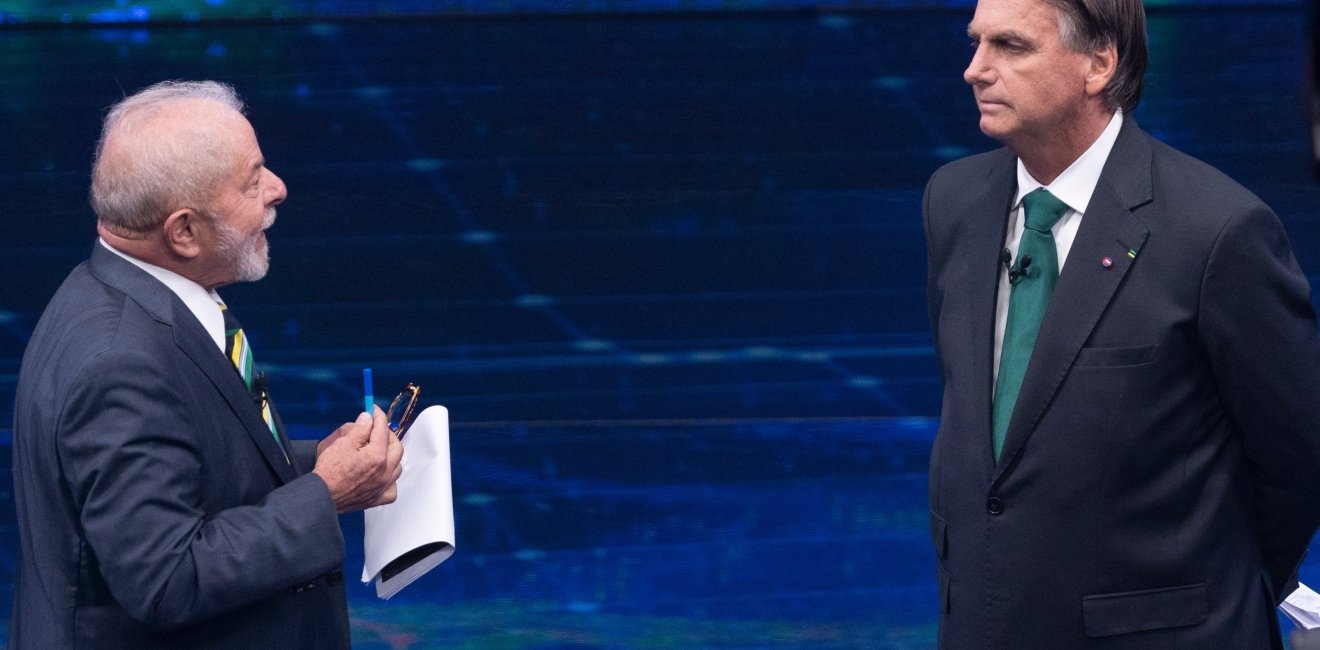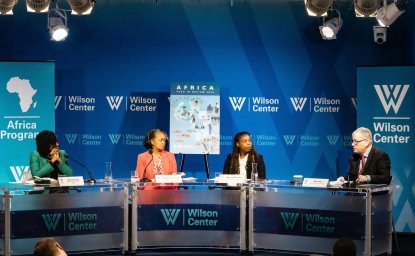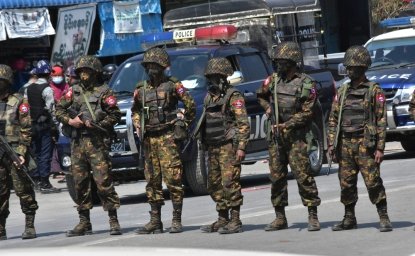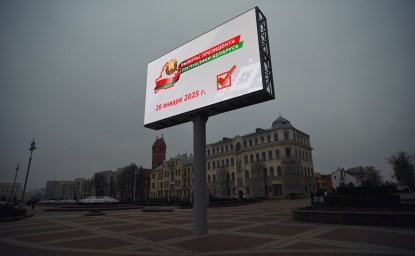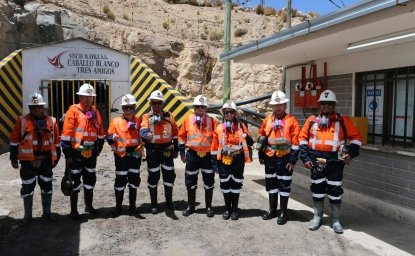On Sunday, 155 million voters went to the polls to elect mayors and council members across the country’s more than 5,500 municipalities. Centrist, center-right, and right-wing parties emerged as winners, a signal of President Luiz Inácio Lula da Silva’s complex political challenges as a center-left leader.
Brazil’s municipal elections, held every four years, are not a direct predictor of results in presidential elections, which occur two years later. Factors such as the economy also shape the presidential contest. Still, they signal political dynamics and power shifts, kicking off an intense period of negotiations leading up to the presidential race in a highly fragmented party system.
However, before discussing the results, let’s understand how we got here and revisit 2016. That year, Brazil held municipal elections amid a recession and turbulent political events, including the impeachment of President Dilma Rousseff and the sweeping Lava Jato corruption investigation, which exposed misconduct by influential politicians from across the political spectrum and by leading public and private companies. A fertile environment for new, relatively unknown, outsider candidates who, unsurprisingly, performed well through campaigning on anti-corruption and anti-establishment platforms. Lula’s Workers’ Party, the PT, suffered its worst defeat in history, losing control of scores of municipalities.
Two years later, Brazilians elected far-right candidate Jair Bolsonaro amid rising polarization, with social media taking on a dominant role in campaigns and further fueling political and social divisions. Meanwhile, the Centrao—a traditional bloc of centrist, center-right, and right-wing parties—continued to gain prominence by electing mayors in each municipal election and securing increasing control over the budget. While part of this group is more conservative, it usually supports governments through bargaining for public roles and other political resources, making the relationship between presidents and a fragmented Congress increasingly complex.
Yet, Lula was able to win the presidency in 2022, making Bolsonaro the first president since Brazil's re-democratization not to secure a second term. Lula's political strength, along with his ability to form unprecedented alliances with former opponents under the banner of protecting democracy, was a key factor in securing his victory. Bolsonaro, in turn, became ineligible to run in 2026, opening space for new leaders on the right side of the political spectrum.
This brings us to the 2024 municipal elections and the insights they may offer for what lies ahead.
The results underscored the undeniable strength of the Centrao. The six parties that secured more municipalities—4,055 out of Brazil's 5,569, or 73%—belong to this group. In practical terms, this means that no Brazilian president will be able to effectively govern without the support of the Centrao, particularly its largest member, the Social Democratic Party (PSD).
On the other hand, a clearer divide is emerging within Brazil’s right; what was once broadly categorized as 'Bolsonarismo' is increasingly difficult to define solely by ties to former President Jair Bolsonaro. In 2018, Bolsonaro was elected by a small, relatively unknown party, the Social Liberal Party (PSL), which elected many representatives in the National Congress, buoyed by his popularity. But, perhaps emblematic of Brazil’s highly individualistic and fragmented politics – usually based on the candidate’s figure rather than the political party itself -, the PSL nearly splintered. The lack of internal leadership and the divergent profiles elected under its banner—often at odds with one another—are likely a major part of the explanation.
After this period, the former president chose a new political home: the Liberal Party (PL), a well-established player in Brazilian politics and part of the Centrao—an alliance Bolsonaro had once heavily criticized as part of the status quo. But what’s worth noting is the transformation of “Bolsonarismo,” made clear by this year’s elections. While ideological coherence was never a hallmark, analysts now observe a division within the movement: part of it has evolved into what could be called “Institutional Bolsonarismo,” aligning with traditional political classes, precisely the Centrao, and forming alliances. The other, more radical faction remains rooted in conservative Christian values and anti-PT/establishment sentiment.
Given this, it’s noteworthy that Bolsonaro’s PL party emerged victorious in these elections, positioning itself as a key player for the 2026 presidential race. However, whether the same holds for Bolsonaro himself is uncertain, as he now faces a fractured electoral base and must navigate delicate situations, adapting to the “traditional” rules of his new party—which are often at odds with his more radical supporters. One thing is already clear: Bolsonaro is no longer the uncontested leader of the right.
On the left and center-left, Lula’s PT, in decline over the last decade, won in 252 cities, ranking ninth in municipal control and winning in only one state capital. Despite a slight recovery from 2020, it remains far from its peak in 2012, when it controlled 635 cities. This outcome underscores an old challenge: the party still needs to reinvent itself besides Lula’s figure.
Another key element is the impact of polarization on voter choice. While Brazil is polarized, this divide seems more evident in major cities and at the national level. In smaller municipalities, which make up 90% of Brazilian cities, local issues, such as access to basic public services, remain the primary focus, and alliances between left and right parties are not uncommon.
Lastly, the violent rhetoric in campaigns deserves attention, pointing to a potentially concerning trend for future elections. In São Paulo, a debate ended abruptly following a physical altercation between candidates, highlighting tensions that may intensify in the years to come.
So, why does all this matter? And what lies ahead?
We leave these elections with several questions and concerns. But also new possibilities. In the next two years, we can anticipate certain shifts from the Lula government. On the one hand, gestures and cabinet reshuffles may be made to accommodate Centrao interests; on the other, there will likely be more internal focus, with Lula dedicating himself more to domestic politics in light of the 2026 elections. The better-than-expected economic performance is favorable for the administration, but how the right in Brazil is realigning and moving beyond Bolsonarismo warrants attention. It's no coincidence that São Paulo's current governor and former Infrastructure Minister under Bolsonaro, Tarcísio de Freitas, is already considered a presidential candidate for the center and center-right.
As for the center-left and left, the unsatisfactory performance sends a clear message: Lula will need a successor. Fernando Haddad, the current Finance Minister and a candidate in the 2018 elections who lost to Bolsonaro, emerges as the obvious choice. Other promising figures, though likely not in the immediate future, include João Campos, the mayor of Recife who was re-elected with 78% of the vote, and Tabata Amaral, a rising federal representative. Additionally, there are other moderate options, not necessarily from the left, whose names will undoubtedly remain in the spotlight of the political landscape: these include Eduardo Paes, the current mayor of Rio de Janeiro, and the governors of Pernambuco and Pará, Raquel Lyra and Helder Barbalho.
I once heard a professor say a seemingly obvious, yet often overlooked, fundamental truth about democracies: it is natural (and expected) that the leaders we have today will not be the same in the future. Renewal, even if it takes time, is sometimes even imposed by new political dynamics. Maybe what happened in the Democratic party in the current US presidential election serves as an example.

